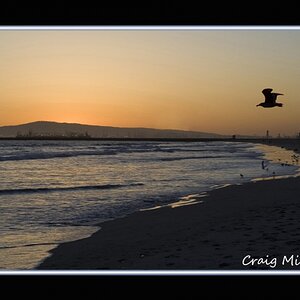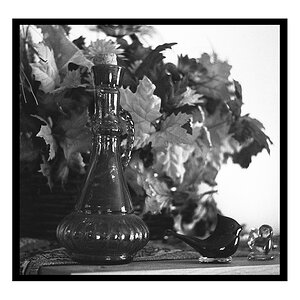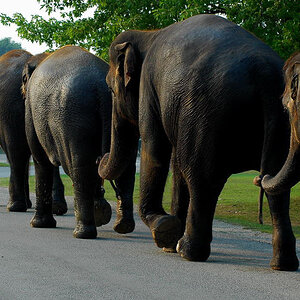cypilk
TPF Noob!
when you take a picture..and in the frame, there is a part of real bright light and another part of the frame with real dark,...how do you go about taking the shot, without making the contrast too heavy?..
im saying how do you balance the shot so that neither side is too dark or too light?
im saying how do you balance the shot so that neither side is too dark or too light?


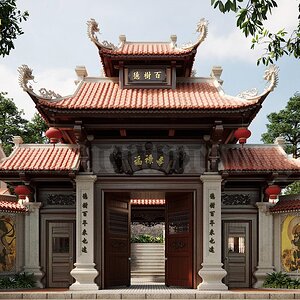
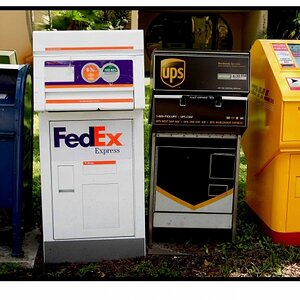
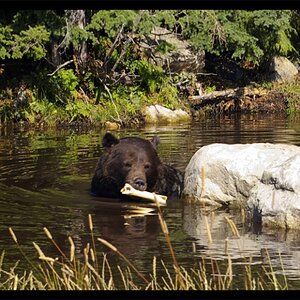
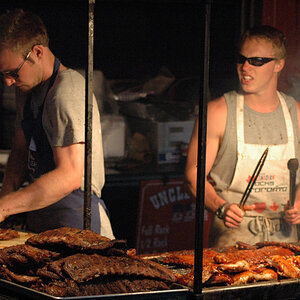
![[No title]](/data/xfmg/thumbnail/38/38738-7933157d1b8968c986eeeab2d1828524.jpg?1619738703)

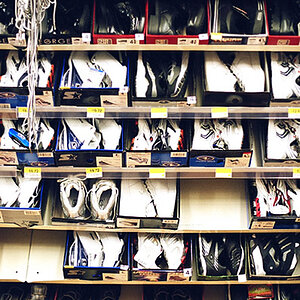
![[No title]](/data/xfmg/thumbnail/37/37539-ae46a74e6510aad73c9101a029847880.jpg?1619738133)
![[No title]](/data/xfmg/thumbnail/32/32810-094482c1ef1c76eae62a96107013a72e.jpg?1619735669)
